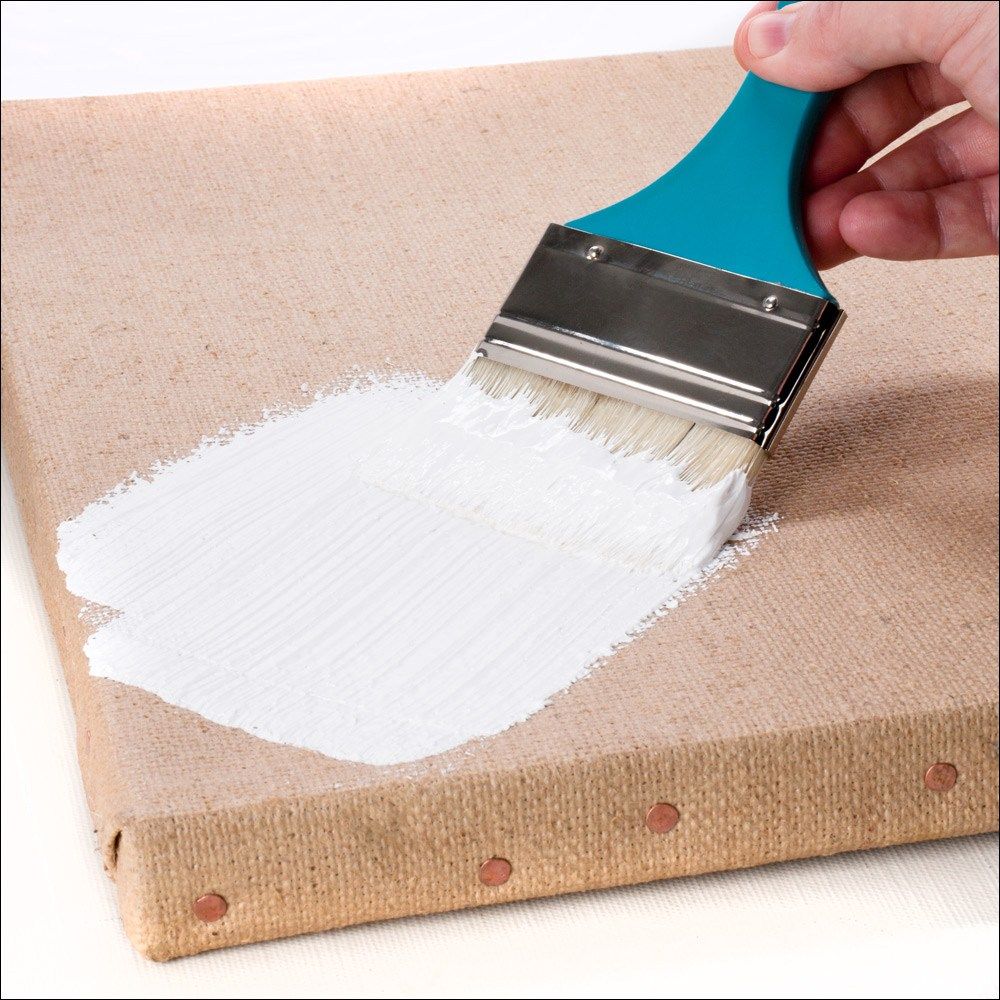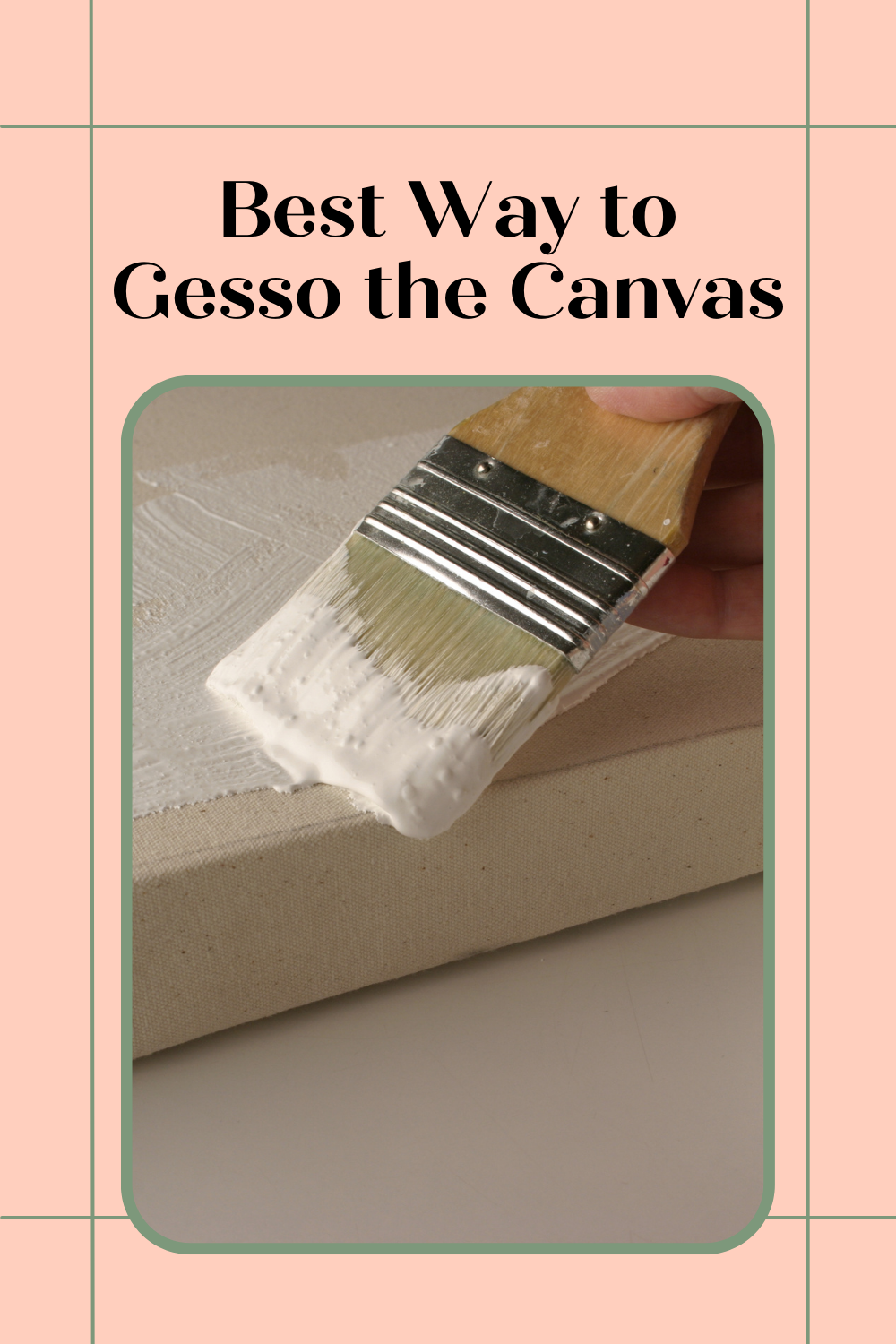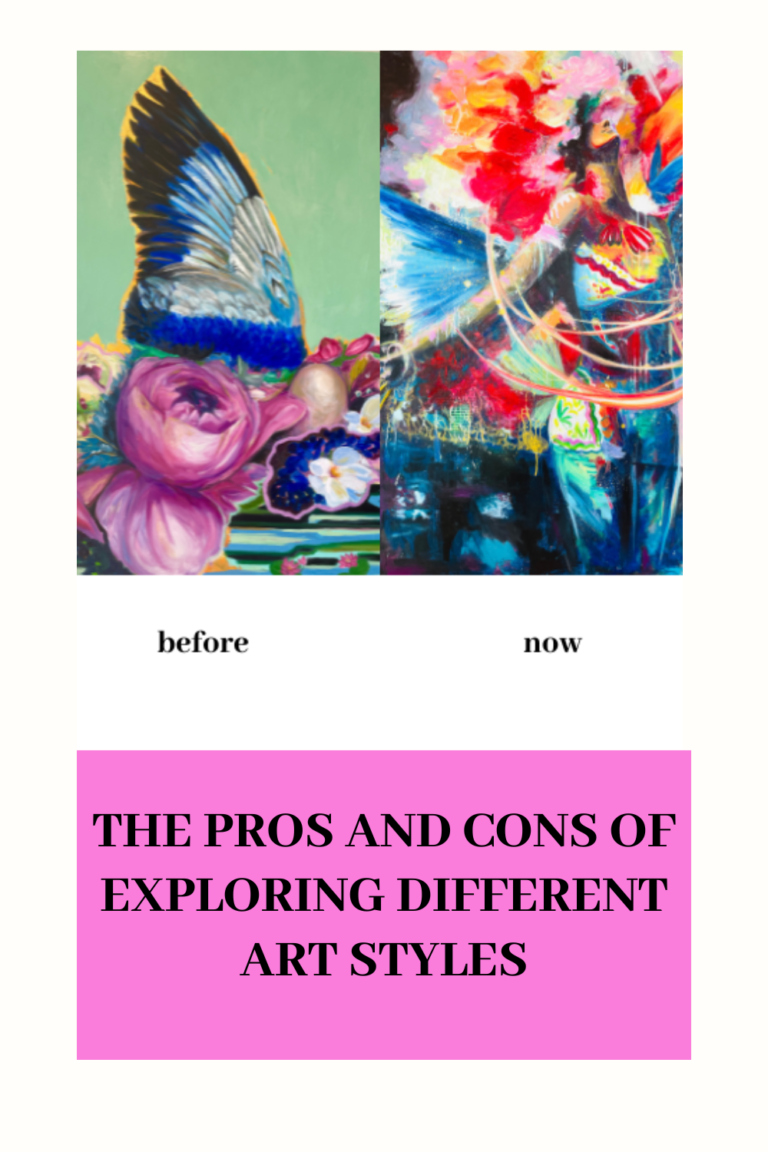And why you must gesso your canvas
What is gesso?
Gesso is a paint-like substance that is brushed on a canvas or substrate to prepare it for painting. Its purpose is to protect the canvas from paint and provide a smooth painting surface.
Originally, gesso was a mixture of animal glue and gypsum(usually rabbit skin glue) applied to a wooden panel so a painting wouldn’t wash away. In the 14th century, gesso started as a primer for wood panels. This gesso primer allowed tempera paintings to stick to the painting support and last longer because the paint would sink in more evenly instead of unevenly in the wood grain.

But we don’t need to have an art history lesson here. Let’s talk about modern gesso—the gesso most artist use today.
Created in 1955, modern acrylic gesso acts as a canvas sealant, a primer, and a painting ground and comprises an acrylic polymer medium (glue) and calcium carbonate (chalk). It’s similar to traditional gesso but more versatile and easy to use.
Why do you need to use gesso?
You always need to gesso your canvas if you want to paint with oil because the oil will seep through the canvas over time and break down the fibers if you don’t have gesso to protect the surface.
Theoretically, you don’t need gesso if you paint with acrylics, because acrylic paint is made of plastic substance and will not cause harm to the canvas.
But in my personal opinion, it doesn’t matter if you paint with oil or acrylic, it’s best you gesso your canvas to prevent the paint sink into the canvas. Gesso will also make the surface smoother to paint. And because gesso contains chalk, the paint will stick to the surface better.
There are two different grades of gesso: Artist-grade and Student grade. The difference between the two amounts to the different ratios of pigment vs. filler. The Student’s grade is cheaper because it contains more filler than the Artist’s grade. The artist’s grade has more pigment than the Student’s grade, making it thicker and more opaque. These differences are reflected in the price, and also in the quality.
My favorite gesso brand is this one: https://amzn.to/459lBuY ( I thank you in advance if you choose to use these links in my blog to shop art supplies. This will not add any extra cost to you, and it will support this blog over time).
I used to directly put down the gesso on the canvas and use a big brush to spread it. But somehow it will always leave hard ridges that I can’t sand off.
Now I found the best way to gesso a canvas:
Mix roughly 2/3 gesso and 1/3 water and gesso in 2 to 3 layers. The water makes gesso spread thinner and smoother.
Mix well and test on your canvas. Some gesso are thicker so you may need more water. You want a consistency that is easily spreadable but not running down to the sides.
How do you gesso a canvas?

There are many ways to gesso your canvas, as long as you leave the layers even and smooth.
I like to start from the middle of the canvas if the canvas is a smaller size.
First I pour some gesso and water mixture in the middle, then I spread it outwards with my brush. After that, I use strokes from left to right, from top to bottom to spread the gesso to the entire canvas, and repeat several times.
For a bigger canvas, I will drop the same amount of gesso evenly throughout the canvas, then spread them from left to right.
After I’ve done this, I then examine the canvas closely by tilting it in different directions, so I can see if there are any big paint ridges were missed. I usually give my final layer of gesso some sanding using sandpaper.
Gesso is usually white. But you can also find grey, or black gesso in the store.
If you already know what your painting background will be, you can also add acrylic colors to the gesso, to make a colored gesso ground.
This is especially useful for paintings that have big areas of sky as background, or abstract painting.
What do you use to spread gesso?
I have followed advice from different people and spent a good amount of money on brushes, in the hope to find the best one for spreading gesso on canvas easily and smoothly.
But I found the best tool to use is the cheapest foam paint brush like these: https://amzn.to/45bQZJl
How many layers of gesso do you need?
Even with pre-stretched stored-bought canvas, which usually already has a layer of gesso, I advise you still do at least two layers of gesso and water mixture. Because the store-brought canvas usually is gessoed by machine. The gesso on them is very thin. It will not be enough to allow your brushes to glide smoothly. I found two to three layers of gesso are the best. You can sand in between layers as well, to make it even more smooth.
You must make sure each layer is totally dry before you apply the next layer or start sanding.
You don’t need too many layers or sand down too much either. Or your painting surface will become too heavy and slippery to paint. Trust me, I have made all of those mistakes before so now you don’t have to.
Important Tip:
Remember to wipe off any drips of the gesso on the edge of the canvas. Or you will have hard ridges in those areas, and they are almost impossible to get rid of.
Let me know if this post is helpful!





Pingback: How to choose the right canvas for oil painting? - Ying McLane